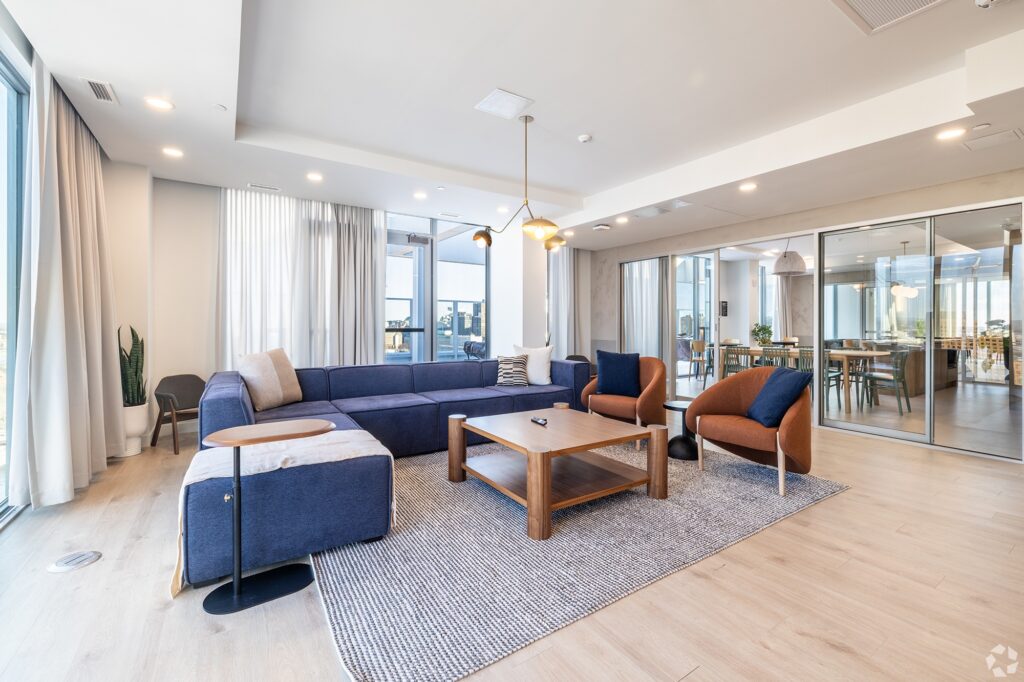
Introduction
Lebreton Flats, a significant area located along the Ottawa River, has been marked for redevelopment, promising to reshape the city’s urban landscape and enhance community engagement. The importance of this project extends beyond mere infrastructure; it represents an opportunity for cultural enrichment, housing solutions, and revitalization of underutilized land. Understanding the implications of the Lebreton Flats development is crucial for realizing the future growth of Ottawa.
The Vision for Lebreton Flats
The redevelopment of Lebreton Flats is driven by a vision to create a vibrant, mixed-use area that prioritizes both residential living and commercial activity. The National Capital Commission (NCC) has spearheaded a plan that encompasses a variety of public spaces, green facilities, and accessible transportation options. The project is expected to include thousands of residential units, a new public park, and venues for arts and culture, significantly contributing to Ottawa’s identity as a national capital.
Key Stakeholders and Plans
Several key players are involved in this ambitious initiative. The NCC, along with various developers and community organizations, are collaborating to bring the vision to fruition. Their comprehensive development plan highlights the integration of sustainability practices, ensuring that new buildings adhere to environmental standards. Additionally, consultations with local residents have emphasized the importance of community input in shaping the future landscape of the area. A public engagement process was launched recently to gather feedback and foster collaboration.
Current Developments and Progress
As of 2023, the progress at Lebreton Flats includes the completion of initial infrastructure work and the announcement of partnerships with private developers. The project is segmented into different phases, with early phases focusing on essential services and transportation improvements. Construction for the first residential units is underway, and the NCC is actively working towards securing funding for further development phases. Local economic forecasts suggest that this initiative could create thousands of jobs and stimulate the economy significantly.
Conclusion
The redevelopment of Lebreton Flats stands as a transformative project for Ottawa, aligning with urban growth and community needs. As construction progresses, citizens can anticipate a blend of residential, commercial, and cultural spaces that nurture social interaction and promote a vibrant community atmosphere. The legacy of Lebreton Flats development will not only influence the immediate area but also enhance the overall urban fabric of Ottawa. Continued public engagement and transparency will be key components in ensuring the project meets the aspirations of Ottawa residents, making them stakeholders in their own city’s future.

